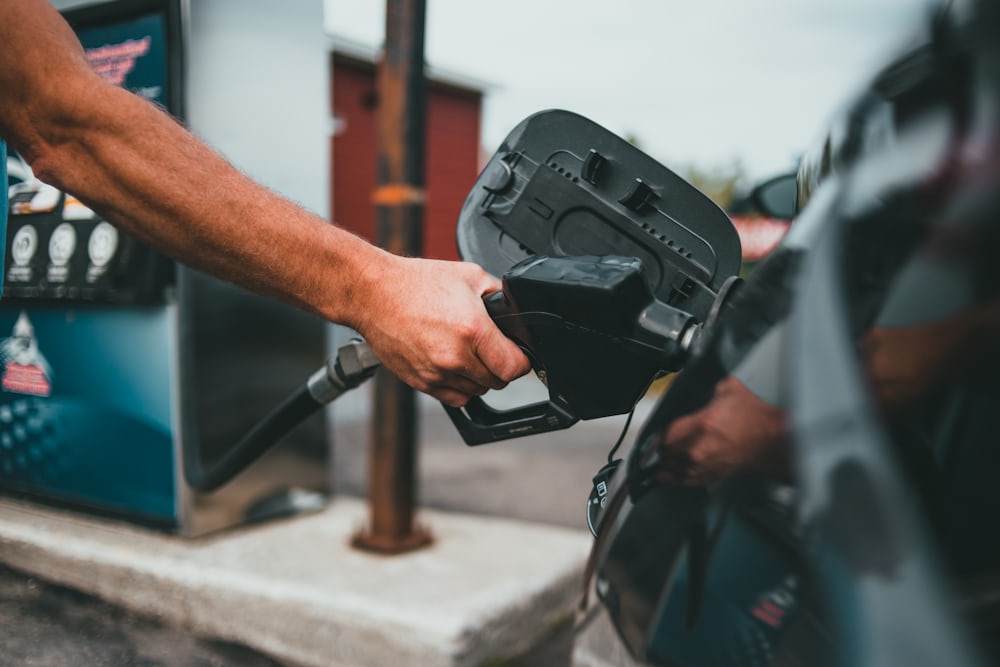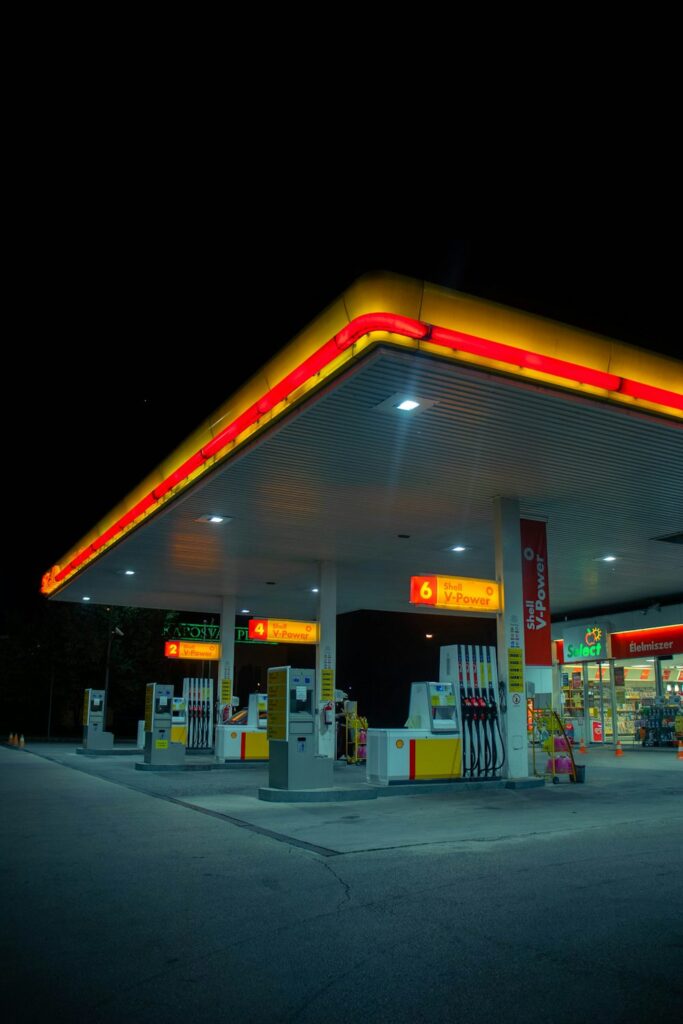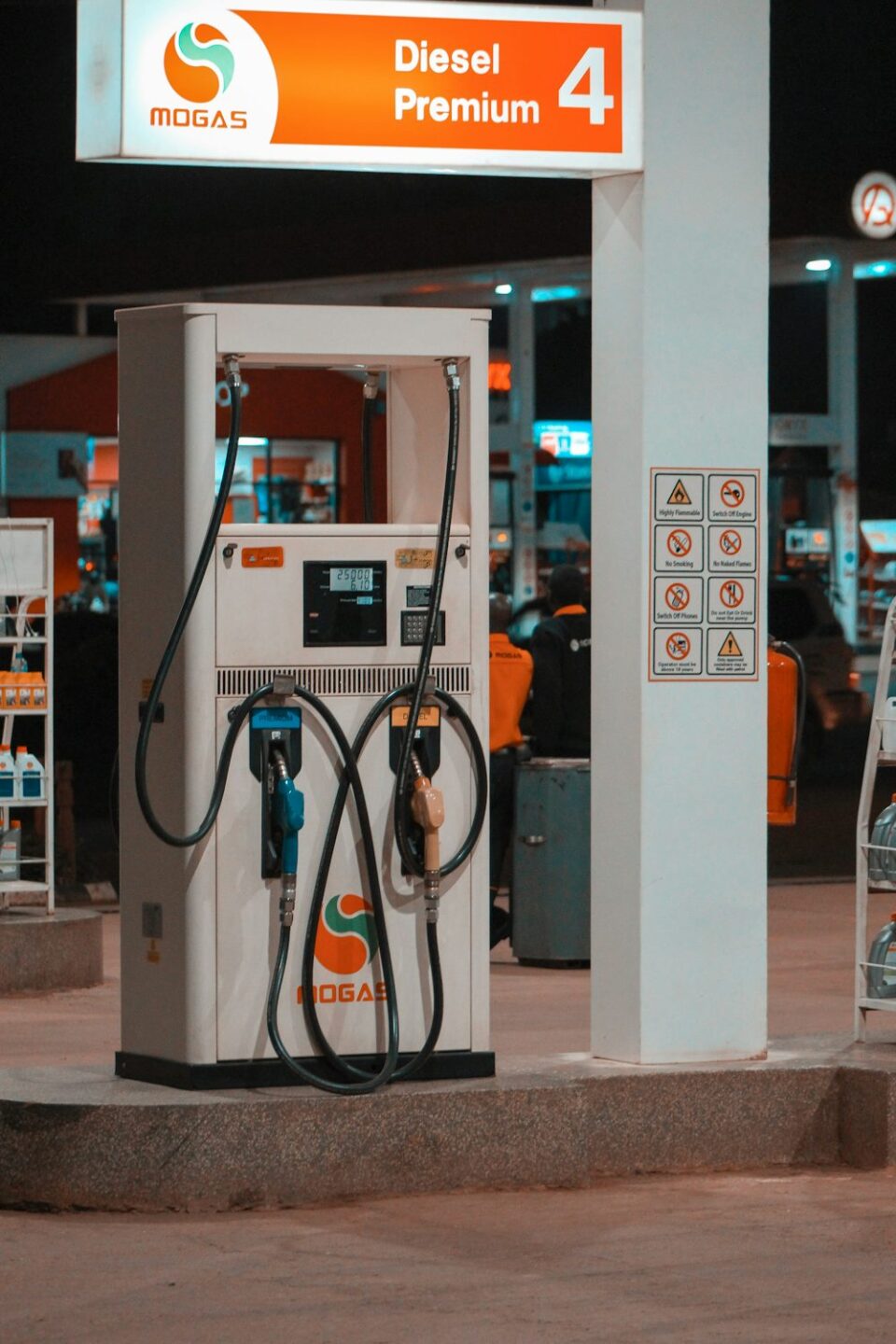In a monumental move aimed at alleviating the financial burden on Kenyan households, the Energy and Petroleum Regulatory Authority (EPRA) announced a significant reduction in fuel prices for the months of March and April.

The decision, welcomed with resounding relief across the nation, saw prices plummet to unprecedented lows, offering a glimmer of hope amidst economic strain.
As dawn broke on the bustling streets of Nairobi, whispers of the news began to spread like wildfire. Commuters awaiting their daily matatus exchanged excited chatter, while small business owners dared to dream of increased margins.
The announcement by EPRA had not only caught the attention of the masses but also ignited a sense of optimism rarely seen in recent times.
Super petrol, the lifeblood of Kenya’s transportation sector, witnessed a remarkable dip in price, now standing at 199.15 Kenyan shillings per liter.
This welcomed decrease promised a reprieve for drivers grappling with escalating operating costs. In the heart of Nairobi’s central business district, taxi drivers gathered around fuel stations, their faces adorned with hopeful smiles as they filled their tanks at a more affordable rate.
Meanwhile, diesel, indispensable to the agricultural and logistics industries, experienced a significant reduction to 190.38 Kenyan shillings per liter. Farmers, long burdened by exorbitant fuel expenses, embraced the news with open arms, envisioning higher yields and improved profitability.
In rural villages across the country, the hum of diesel-powered generators and machinery echoed a renewed sense of productivity and prosperity.
But perhaps the most poignant impact of EPRA’s decision was felt in the homes of countless Kenyan families reliant on kerosene for cooking and lighting. With prices plunging to 188.74 Kenyan shillings per liter, households burdened by the high cost of living found a glimmer of hope.
In the dimly lit alleys of Kibera and the sprawling settlements of Mathare, mothers greeted the news with tears of relief, knowing that every shilling saved would stretch their meager budgets a little further.
In the corridors of power, EPRA’s bold move earned praise from politicians and economists alike. President Uhuru Kenyatta, in a televised address to the nation, hailed the decision as a testament to the government’s commitment to the welfare of its citizens.
He promised further measures to stimulate economic growth and alleviate poverty, underscoring the importance of collective resilience in the face of adversity.
As the day unfolded, reactions poured in from all corners of Kenyan society. Business leaders applauded EPRA’s proactive stance, expressing optimism for a rebound in consumer spending and investment.
Environmentalists seized the opportunity to advocate for sustainable energy alternatives, urging policymakers to prioritize renewable resources in the nation’s energy agenda.
Yet amidst the jubilation, whispers of skepticism lingered. Some questioned the sustainability of EPRA’s price reduction, citing volatile global oil markets and geopolitical uncertainties. Others raised concerns about the long-term implications of dependency on fossil fuels, calling for greater investment in clean energy solutions.
Nevertheless, for millions of Kenyans grappling with the harsh realities of daily life, the immediate impact of reduced fuel prices was undeniable. From the bustling markets of Mombasa to the tranquil tea plantations of Kericho, a sense of optimism pervaded the air.
Families dared to dream of a brighter future, entrepreneurs seized new opportunities, and communities united in the face of adversity.
As the sun set on another day in Kenya, the echoes of EPRA’s decision reverberated far and wide. In a nation accustomed to hardship and resilience, the promise of affordable fuel prices offered a beacon of hope, reminding citizens that even in the darkest of times, there exists a flicker of light at the end of the tunnel. And with each drop in the price of petrol, diesel, and kerosene, Kenya moved one step closer towards a future defined not by scarcity, but by abundance and opportunity for all.
In a nation perennially grappling with economic challenges, the announcement by the Energy and Petroleum Regulatory Authority (EPRA) to slash fuel prices for the months of March and April was akin to a breath of fresh air in a stifling room.
With the cost of living steadily rising and disposable incomes dwindling, the reduction in fuel prices offered a glimmer of hope to millions of Kenyan households navigating through financial uncertainty.
Super petrol, the lifeblood of Kenya’s transportation sector, saw its price plummet to 199.15 Kenyan shillings per liter. This drastic decrease promised relief for taxi drivers, long-haul truckers, and everyday commuters who had been grappling with the burden of soaring fuel costs. From the bustling streets of Nairobi to the dusty rural roads of Turkana, the news was met with palpable relief and optimism.
In the agricultural heartlands of the Rift Valley, where diesel-powered machinery is indispensable to farming operations, the reduction in diesel prices to 190.38 Kenyan shillings per liter was greeted with jubilation.
Farmers, who had been forced to pass on the higher production costs to consumers, now dared to dream of increased yields and improved profitability. The hum of tractors tilling the fertile soil echoed a renewed sense of productivity and prosperity across the countryside.
But it was perhaps the impact on kerosene prices that resonated most profoundly with the majority of Kenyan households. Priced at 188.74 Kenyan shillings per liter, kerosene is not merely a fuel for cooking and lighting but a lifeline for millions living on the margins of poverty.
In the sprawling informal settlements of Nairobi and the remote villages of the arid north, where access to electricity is limited or non-existent, the reduction in kerosene prices offered a glimmer of hope amidst darkness.
As families gathered around flickering kerosene lamps to share meals and stories, the news brought tears of relief to the eyes of mothers and fathers burdened by the constant struggle to make ends meet.


Every shilling saved on fuel meant an extra morsel of food on the table or a few more hours of light for children to study. In the face of adversity, the resilience of the Kenyan spirit shone through, as communities banded together to weather the storm.
Beyond the immediate impact on households and businesses, EPRA’s decision sent ripples of optimism throughout the nation. Political leaders seized the opportunity to tout the government’s commitment to improving the welfare of its citizens, while economists cautiously welcomed the potential boost to consumer spending and economic activity.
Environmentalists, however, warned against complacency, urging policymakers to seize the moment to invest in sustainable energy alternatives and reduce the nation’s reliance on fossil fuels.
As life gets better in Kenya, the echoes of EPRA’s decision reverberated far and wide. In a nation accustomed to hardship and resilience, the promise of affordable fuel prices offered a beacon of hope, reminding citizens that even in the darkest of times, there exists a flicker of light at the end of the tunnel. And with each drop in the price of petrol, diesel, and kerosene, Kenya moved one step closer towards a future defined not by scarcity, but by abundance and opportunity for all.


